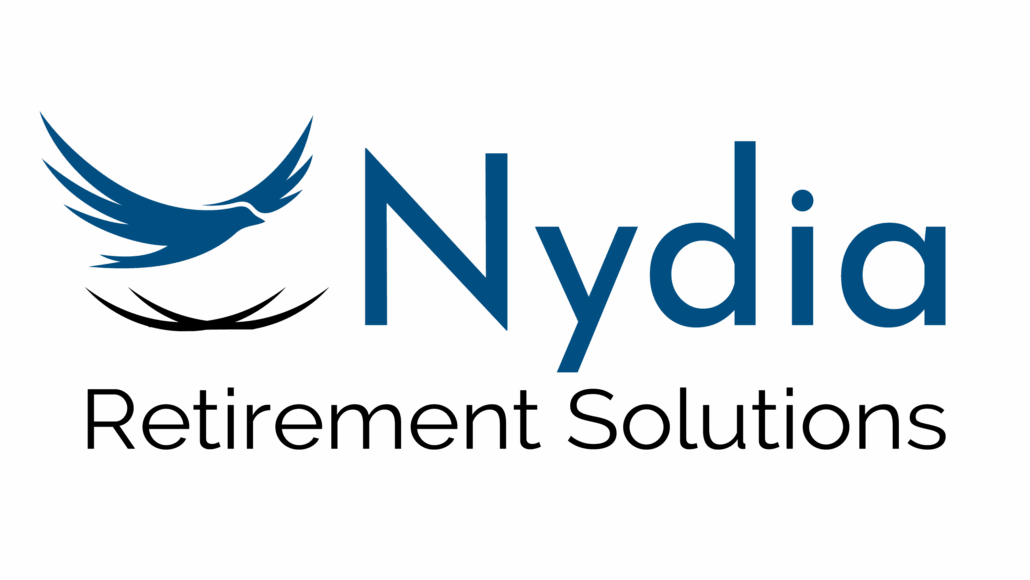Cash Balance Plans: Understanding the Risks of Investment Return-Based Interest Crediting
How Interest Crediting Works in Cash Balance Plans
Cash balance plans are a popular option for employers who want to offer a defined benefit retirement plan that presents benefits in a way similar to a 401(k), making them easier for participants to understand. One important aspect of these plans is the “interest crediting rate,” which determines how much participants’ account balances grow each year. The IRS permits several ways to set this rate, such as using a fixed percentage, referencing a published index, or basing it on the actual investment return of the plan’s assets.
When a cash balance plan uses its investment returns as the interest crediting rate, the growth of participant accounts reflects the plan’s real investment performance. This approach can make funding more straightforward because assets and liabilities move together, reducing the risk of overfunding or underfunding. In this arrangement, the employer’s annual contribution typically equals the total principal credits allocated to all participants for the year.
Why Basing the Interest Crediting Rate on Investment Return Can Be Risky
Although setting the interest crediting rate to match the plan’s investment return may seem attractive, it comes with some important drawbacks. Plan sponsors should be aware of two major compliance challenges that can arise with this method:
- Nondiscrimination Testing Complications:
IRS rules require cash balance plans to prove they do not favor highly compensated employees. Under Internal Revenue Code Section 401(a)(4), plans must pass nondiscrimination testing, which involves projecting each year’s principal credits to retirement age using the plan’s interest crediting rate. If the rate is fixed, these projections are straightforward. But if the plan’s investment return spikes—say, to 10% in a given year—participants’ projected benefits can increase sharply. This unpredictability can increase plan costs and may cause the plan to lose certain tax efficiencies or exceed the deductible contribution limit for that plan year.
2. Minimum Participation Hurdles:
Another IRS requirement is that at least 40% of eligible employees must receive a “meaningful” benefit each year. The industry, based on IRS field guidance, typically defines this as an annual accrual of at least 0.5% of pay. This rule is outlined in Internal Revenue Code Section 401(a)(26). If the plan’s investment return is low in a particular year, some participants might not hit this threshold. If too many fall short, the plan could fail the participation test, forcing the employer to either expand eligibility or boost benefit levels to stay compliant.
What Should Plan Sponsors Consider?
Cash balance plans continue to grow in popularity as a retirement savings method and can offer significant tax deductions. Many plans are adopting an investment rate of return for their interest crediting rate. However, plan sponsors should be aware of these issues before implementing this approach.
Ready to Talk About Your Cash Balance Plan Strategy?
If you’re considering a cash balance plan for your business or want to review your current plan design, the MGKS team is here to help. Our experienced professionals can walk you through your options, explain the latest IRS regulations, and help you design a plan that fits your needs and goals.
Schedule a complimentary consultation with MGKS today to learn more about our cash balance plan solutions and how we can help you optimize your retirement benefits



